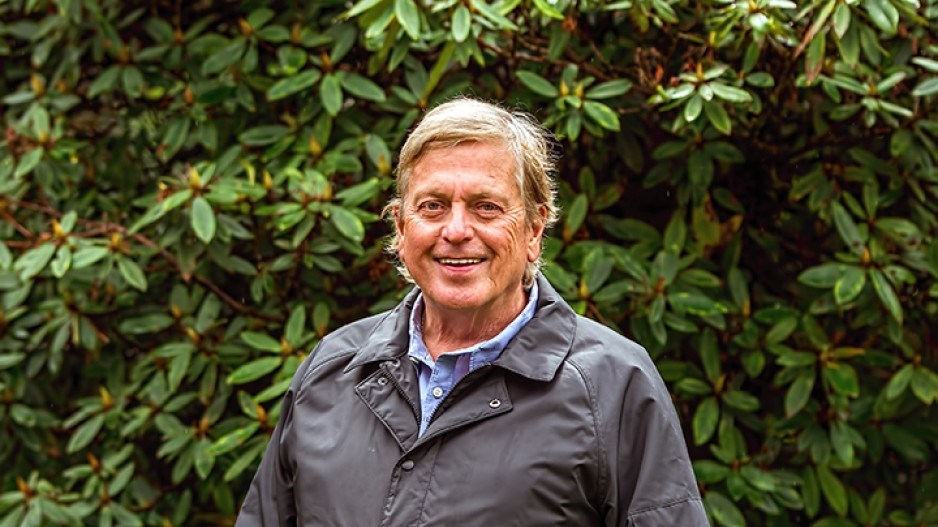B.C.'s restaurant sector has largely survived the COVID-induced lockdown initiated in March, but the economic picture is vastly different between popular domestic tourism hotspots like the Okanagans and major urban cores like downtown Vancouver.
Ian Tostenson, president and CEO of the BC Restaurant and Food Services Association, is thus urging all the hospitality sectors - hotels, food establishments and retail shops - to collaborate and "think big" about creative ways to encourage Vancouverites downtown to support their neighbourhood businesses.
"Downtown, frankly, needs a shot in the arm in terms of sustaining promotions," Tostenson said. "It will be something like, ‘Come downtown, 2-for-1 pricing on hotels, 35% off for all shopping, and restaurants featuring B.C. food.’ That would give people some incentive to say, ‘Let’s go walk around downtown and enjoy ourselves.’"
According to BCRFA estimates, about 15,000 restaurants across B.C. have reopened in some capacity this summer after the province loosened restrictions in the economic reopening in June and July. That means only about 10-15% of restaurants closed in March in B.C. failed to reopen.
But the picture is drastically different from place to place. Tostenson speaks with a working group of 60 restaurants around the province every 10 days to track how business is going, and the responses show suburban eateries - boosted by patios, the new allowance to deliver alcohol and other counter-measures - are operating at about 80% of the sales level at the same time last year.
Even more encouragingly, the Okanagans - a popular getaway for residents in Metro Vancouver - have seen the full benefit of the reopening of non-essential intra-provincial travel since June.
"If you go to the Okanagan, it’s full," Tostenson said. "It’s like nothing happened. The hotels are busy. The winery tasting rooms are busy. So it’s a geographic phenomenon; the problem is the places where people come to work, and they aren’t coming right now."
Those places, mainly, are the downtowns in Vancouver and Victoria. Some restaurants are reporting 25% of normal capacity at this time of year compared with historic figures, and that's the situation Tostenson hopes to address by linking up with other hospitality-sector players to draw downtown residents out to dine, shop and play.
The main idea is for downtown Vancouver and Victoria to get a bigger slice of the intra-provincial tourism pie by creating attractive, day-trip-centric alternatives to places like the Okanagans or Whistler. Restaurants also need to be more innovative in offering future bookings for events like weddings and Christmas parties that respect the gathering limit of 50 people imposed by health authorities, Tostenson said.
"If you look at Whistler and the Okanagans, and you find nothing is available, the Kootenays may be too far," he said. "So why not look at dividing your time off by taking day trips locally? ... There are a lot of people downtown if we can draw them out of their apartments. So we need to really work on the people who are there."
Ultimately, these measures are stop-gaps, Tostenson added. What will bring full-scale recovery is when downtown offices fully reopen - something no one is expecting for the foreseeable future. But it doesn't mean there's nothing to be done on industry's part, he noted.
"We see the market as about 30% of people who trust what’s going on and are going out, another 30-35% saying they are a little suspect - who need to be shown visually what we are doing, and the balance who don’t want to come out until there’s some sort of vaccination" Tostenson said. "We have to deal with that middle group by creating very high standards of safety. We need to manage the crowds we have to encourage people to come out and have some fun in a safe manner."




